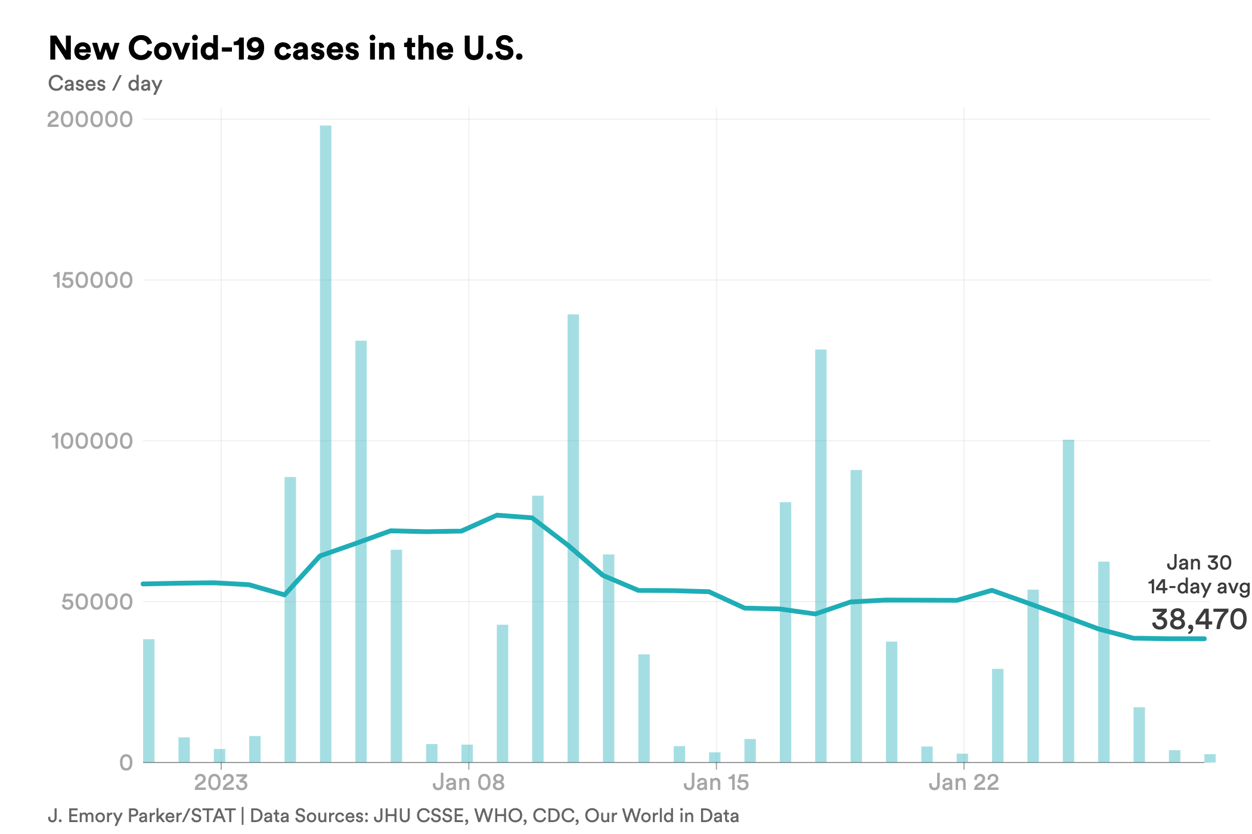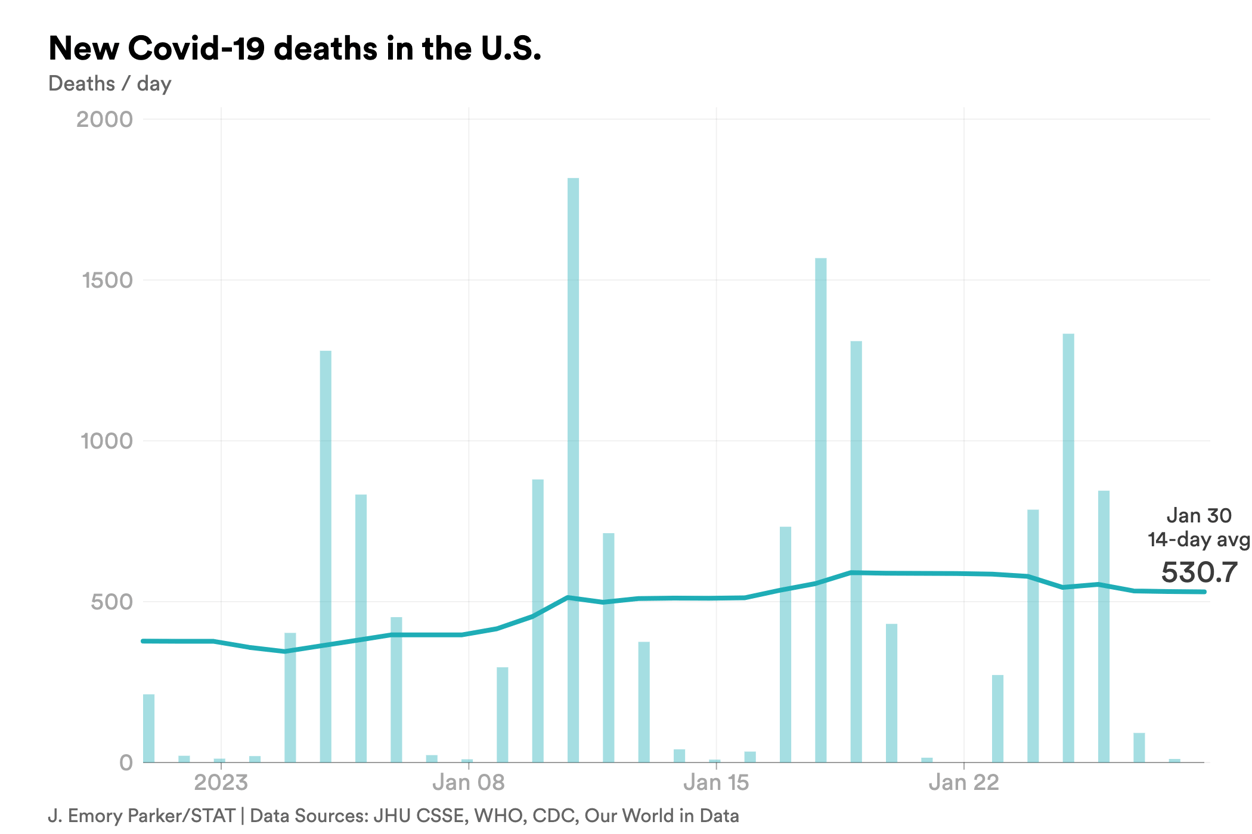Closer Look
Big tech's layoffs could be health care's gain, former employees say

Sean Gallup/Getty Images
One after another, tech behemoths have been announcing layoffs in recent months, adding up to 51,000 people since November. You may not think of Meta, Amazon, Alphabet, and Microsoft as health companies, but their ranks include employees with health-care expertise applicable elsewhere. Think about data services, where health care organizations are looking to expand their technical capabilities.
"You have to save the data and you have to understand it and you have to understand how it was collected and all of the kind of metadata associated with it," said Michelle Holko, a genetics researcher who became a strategic business executive at Google before being laid off in January. She named projects like DeepMind's AlphaFold as one of the "demonstrations of the art of the possible." Read what other former Google employees told STAT's Brittany Trang about the possibilities they see as "Xooglers."
pandemic
Children lost a third of year's learning to Covid
School-age children around the world have seen their education fractured by almost three years of pandemic disruptions. A new report in Nature Human Behaviour estimates these children lost about 35% of an academic year's learning and still haven't made up for that loss, even after lockdowns and hybrid instruction ended. Fears that learning deficits would continue to mount haven't been realized, but the authors note the pandemic has widened already large educational gaps between children from different socio-economic strata.
To reach their conclusion, the researchers analyzed 42 studies in 15 high- and middle-income countries, finding that delays in making progress in their learning as well as losing ground they'd previously gained were worse for children with disadvantaged backgrounds. Skills in math suffered more than in reading, possibly because to learn math children need more formal instruction, rather than reading at home on their own. The authors urge more research in low-income countries.
health
Smoking rates during pregnancy tumble
At a time when it may seem rare to see anyone smoking, a new report says the small proportion of people who smoke during pregnancy has shrunk by 36%. A risk factor for poor pregnancy outcomes and health problems for newborns later in life, smoking at any time while pregnant was first tracked by the CDC researchers in 2016, citing notations on birth certificates. The 2016 rate was 7.2%, which dropped to 4.6% in 2021, with the largest annual decline coming from 2020 to 2021. Smoking fell among all ages, racial and ethnic groups, and throughout the U.S., but there were some differences. These people had the highest prevalence in 2016 and 2021:
- Mothers under age 30.
- American Indian or Alaska Native mothers and white mothers.
- Mothers in these 10 states: Arkansas, Kentucky, Maine, Missouri, Montana, Ohio, South Dakota, Vermont, West Virginia, and Wyoming.
by the numbers


No comments